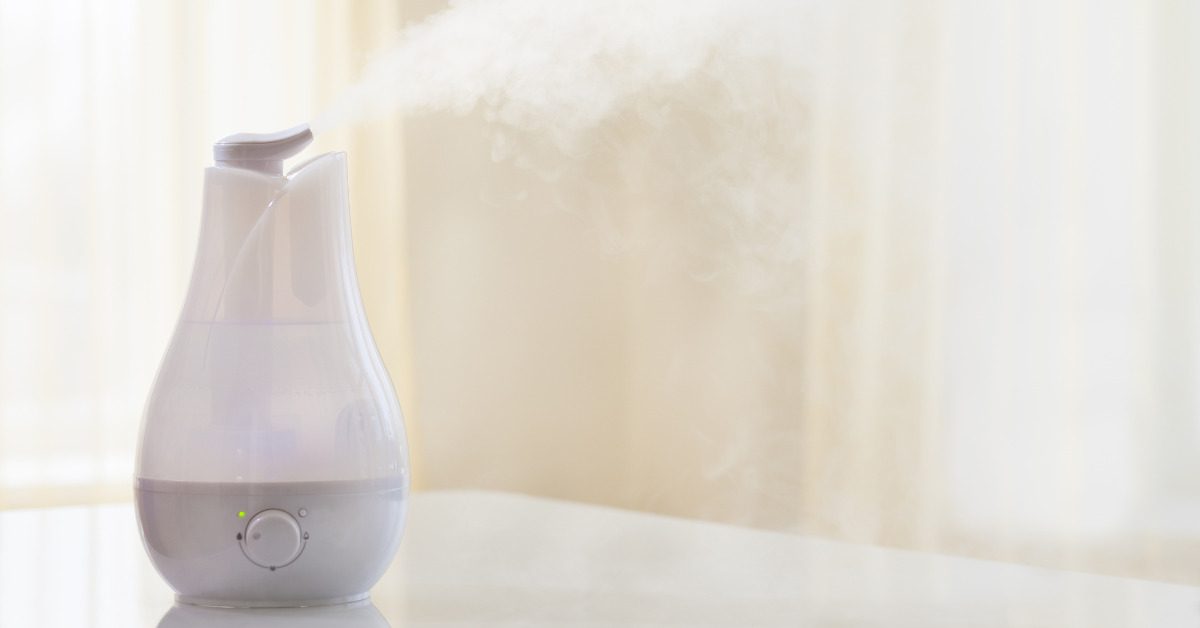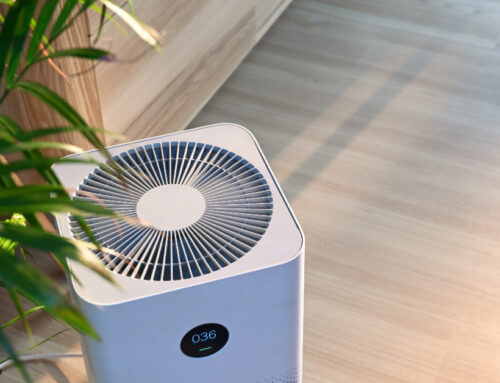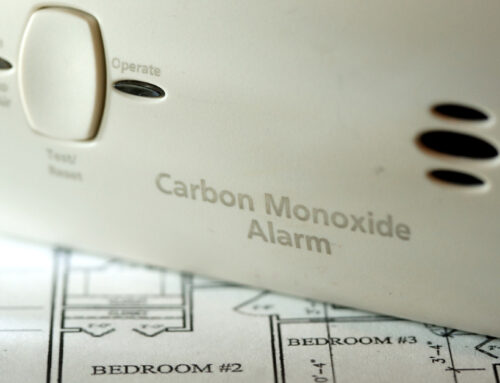If the humidity in your home is too low or too high, it can have overall effects on your general health. Living in Northern Nevada, we typically experience quite low levels of outdoor humidity. Learn about the impact different humidity levels can have on your health and what the ideal humidity range is for indoor air quality.
Humidity that is too high or too low
The Environmental Protection Agency (EPA) recommends keeping indoor humidity between 30% and 50%. Factors that can impact your home’s humidity levels include:
- The climate where you live.
- Your home’s air ventilation system.
- Your indoor activities such as cooking or showering.
- How often your leave doors and windows open.
- How much infiltration (air leakage) your home has.
Suppose the humidity in your home is too low. In that case, it may contribute to respiratory issues such as dry sinuses, bloody noses, dry or itchy eyes, dry skin, cracked lips, and more. It can also cause dust to accumulate faster in your home. While Nevada residents are used to a dry outdoor climate, that same climate should not follow you indoors.
If the humidity in your home is too high, condensation can cause the growth of harmful bacteria, mildew, or mold. This can trigger asthma, allergies, or other respiratory problems. A stuffy, wet environment can build these issues over time.
How to help control the humidity of your home
Since it’s unlikely that many will need to remove humidity from their homes in our region, let’s focus on adding humidity.
Buying a humidifier for your home has varying degrees of effectiveness and cost. If you add a room humidifier, monitor your humidity levels and keep the humidifier clean. Dirty humidifiers can grow mold or bacteria, making the humidifier’s air no longer healthy to breathe.
If you have allergies or asthma, consult your doctor before introducing more humidity into your home. Steam humidifiers add clean moisture to the air if you keep the humidifier clean. Cool mist humidifiers are ultrasonic and can add dust to your environment due to the minerals in the water. Be sure to research which humidifier is best for you and your home.
For a controlled humidity system, adding a whole-house humidifier to your furnace will distribute vapor directly into the air stream and circulate it throughout the house using your existing duct system. The system is controlled with a humidistat (like a thermostat for humidity) and provides the best capacity for humidifying your home, and also giving you the most control over your humidity levels. This is the most expensive option but will be the most beneficial if you are serious about your home’s humidity levels.
A hygrometer is a device used to measure the humidity levels in your home. It is a great tool to see if your house stays within the recommended humidity range. Be sure to keep it in main living spaces such as a living room or bedroom and avoid higher humidity in areas such as a kitchen or bathroom, as they probably won’t accurately represent the whole house.
As Northern Nevadans, humidity should be a topic of concern. Taking control of your home’s humidity levels can benefit the health of you and your family year-round.
Learn more about humidity in our previous blog Ask Dirk: Should I humidify my home?






